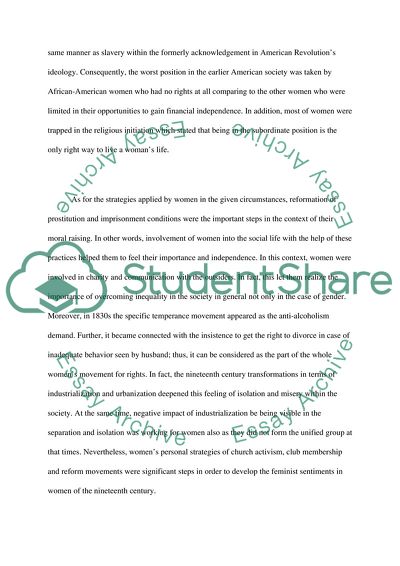Cite this document
(The Womens Rights Movement and How Women Got the Vote Essay, n.d.)
The Womens Rights Movement and How Women Got the Vote Essay. https://studentshare.org/history/1846139-the-womens-rights-movement-and-how-women-got-the-vote
The Womens Rights Movement and How Women Got the Vote Essay. https://studentshare.org/history/1846139-the-womens-rights-movement-and-how-women-got-the-vote
(The Womens Rights Movement and How Women Got the Vote Essay)
The Womens Rights Movement and How Women Got the Vote Essay. https://studentshare.org/history/1846139-the-womens-rights-movement-and-how-women-got-the-vote.
The Womens Rights Movement and How Women Got the Vote Essay. https://studentshare.org/history/1846139-the-womens-rights-movement-and-how-women-got-the-vote.
“The Womens Rights Movement and How Women Got the Vote Essay”. https://studentshare.org/history/1846139-the-womens-rights-movement-and-how-women-got-the-vote.


